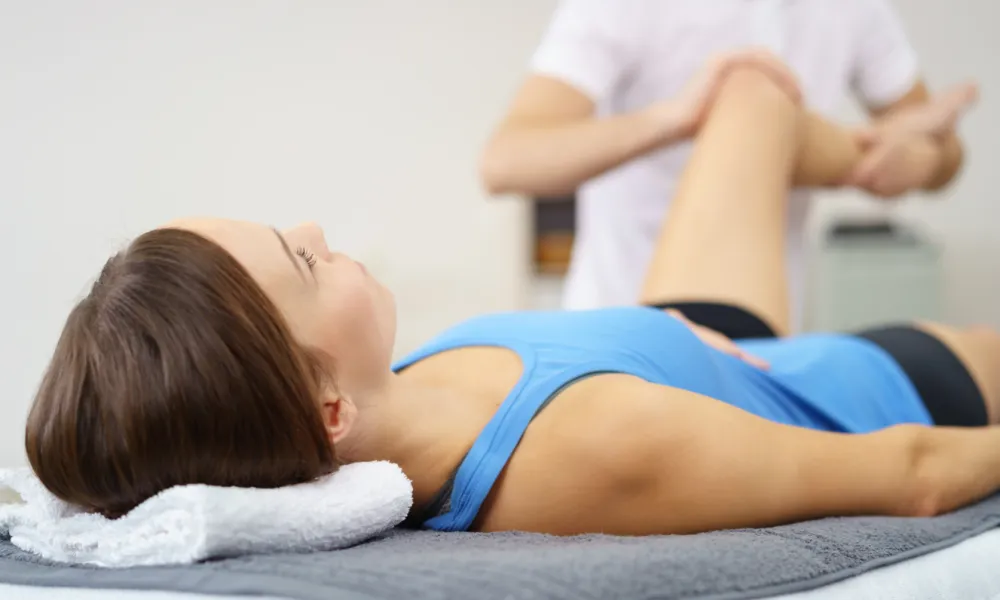I had the opportunity to experience recovery from a TKA through the eyes of a close family member, who I, as a joint replacement surgeon was the primary caregiver. This experience gave me a new appreciation of what our patients experience in the weeks after TKR. I will break this up into segments: pre-op, day of surgery and the first day of recovery, day 2- day 6, and weeks 2-6.
Your second day can begin with more pain than you experienced on post-op, day one. You probably didn’t sleep great, getting to the bathroom with your walker is a fiddle, but you take your medications, ice and elevate, and work on walking.
In our case, day three was met with feeling bummed out, questioning the logic of having a knee replacement, and frustrated with the lack of real progress. Those are all normal feelings and, with the support of friends and family, these feelings fade and you press on. By day four your mobility increases, you take longer walks, and your pain continues to diminish gradually.
There is a lot of variation in patient’s perception of pain. Like my mother used to say, “We all have pain but we don’t all suffer”. Ice and elevation continue to be modalities that help in addition to your medications. Doing your exercises five times a day and walking some each hour are useful distractions.
Physical therapy usually begins two to three days after discharge from the hospital/surgery center. The therapist will measure your range of motion (ROM), use massage, and manipulation to decrease pain and improve motion. Getting out of the home and going to therapy forces you to walk, interact and get some guidance with your recovery.
By the end of the week, my patient was starting to move around small spaces without the walker. As a patient, you will begin to realize the leg will hold you up. It’s easier to go up and downstairs. You may still go one at a time. Remember: up with your good, down with your bad. Take it slow and keep pushing. The swelling which can occur to varying degrees will affect the whole leg but is most severe around the knee. This can make the skin feel tight and make motion harder (even more reason to ice and elevate). At the end of week one, you start to see some improvement, but it feels like there is a long way to go.

